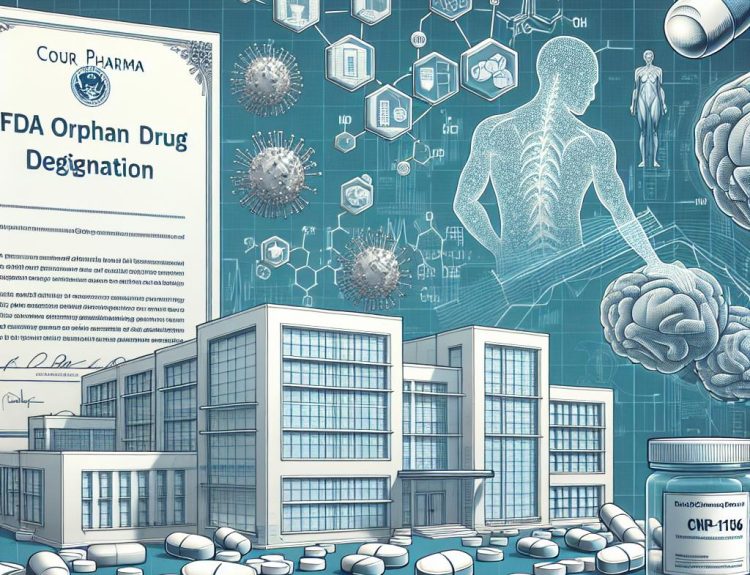Synendos Therapeutics reported positive topline Phase 1 results for SYT-510, a first-in-class Selective Endocannabinoid Reuptake Inhibitor, in healthy volunteers. Across single and multiple ascending dose cohorts totaling 60 participants, the candidate showed no drug-related safety concerns, achieved plasma and central nervous system exposure at pharmacologically relevant levels, and produced electroencephalogram changes consistent with the profile of established anxiolytics. With its first-in-human program complete under European regulators, the company is moving to a Phase 2 study focused on anxiety symptoms.
The readout nudges endocannabinoid system modulation back into the neuropsychiatry conversation with a cleaner translational story than past approaches. The strategic question is whether a pro-homeostatic, self-limiting mechanism can deliver a chronic anxiolytic effect with better tolerability and adherence than today’s mainstays, without triggering the dependency and sedation baggage that constrains benzodiazepines or the slow onset and discontinuation issues common to SSRIs and SNRIs.
This matters now because anxiety disorders remain vastly undertreated despite broad generic availability, and payer tolerance for step-edits and prolonged titration is wearing thin as disability and productivity costs mount. If Phase 2 confirms symptom reduction alongside restoration of daily function, the evidence package will align with the outcomes-based narrative that payers increasingly expect in mental health: faster, sustained relief that translates into real-world improvement. For HCPs, the EEG signal provides a rare early pharmacodynamic anchor in psychiatry, potentially helping differentiate mechanisms and guide education on how SERIs differ from cannabinoid agonists and prior endocannabinoid-targeting strategies.
Commercially, a well-tolerated, non-sedating oral with CNS penetration and a biomarker-anchored mechanism could carve out an initial niche in inadequate responders or those contraindicated to current agents, with expansion into broader lines contingent on durability and safety in chronic use. Pricing latitude will depend on demonstrable advantages in onset, tolerability, and functional outcomes, not just symptom scales. Real-world adherence and persistence data will be vital to defend value, and Medical Affairs will need to generate pragmatic evidence on quality of life, workplace functioning, and healthcare utilization. Messaging will also need to preempt conflation with recreational cannabinoids by emphasizing indirect, self-limiting modulation rather than receptor agonism.
The broader industry context is favorable to such assets. CNS dealmaking has rebounded as large pharma seeks de-risked, mechanism-led programs with translational biomarkers, following recent proof that differentiated neuropsychiatric mechanisms can reach the market when paired with clean safety and targeted development plans. Anxiolytics remain conspicuously underserved versus the innovation seen in depression and schizophrenia, and regulators have shown heightened scrutiny of psychedelic-assisted therapies, creating white space for scalable, prescriber-friendly small molecules. A clear Phase 2 signal, coupled with reproducible EEG pharmacodynamics, would make SYT-510 a credible candidate for partnering or mid-stage financing in a capital environment that rewards disciplined, biomarker-informed designs.
The inflection point is close. The critical test is whether EEG changes translate into clinically meaningful, durable anxiety reduction without tolerance or dependence—and whether the homeostatic mechanism can generalize to PTSD and stress-related conditions. Over the next 12 to 18 months, Phase 2 outcomes, functional endpoints, and an RWE plan to support payer adoption will determine whether SERIs emerge as the first new chronic anxiolytic class in decades or remain an intriguing, but unproven, translational signal.
Jon Napitupulu is Director of Media Relations at The Clinical Trial Vanguard. Jon, a computer data scientist, focuses on the latest clinical trial industry news and trends.







